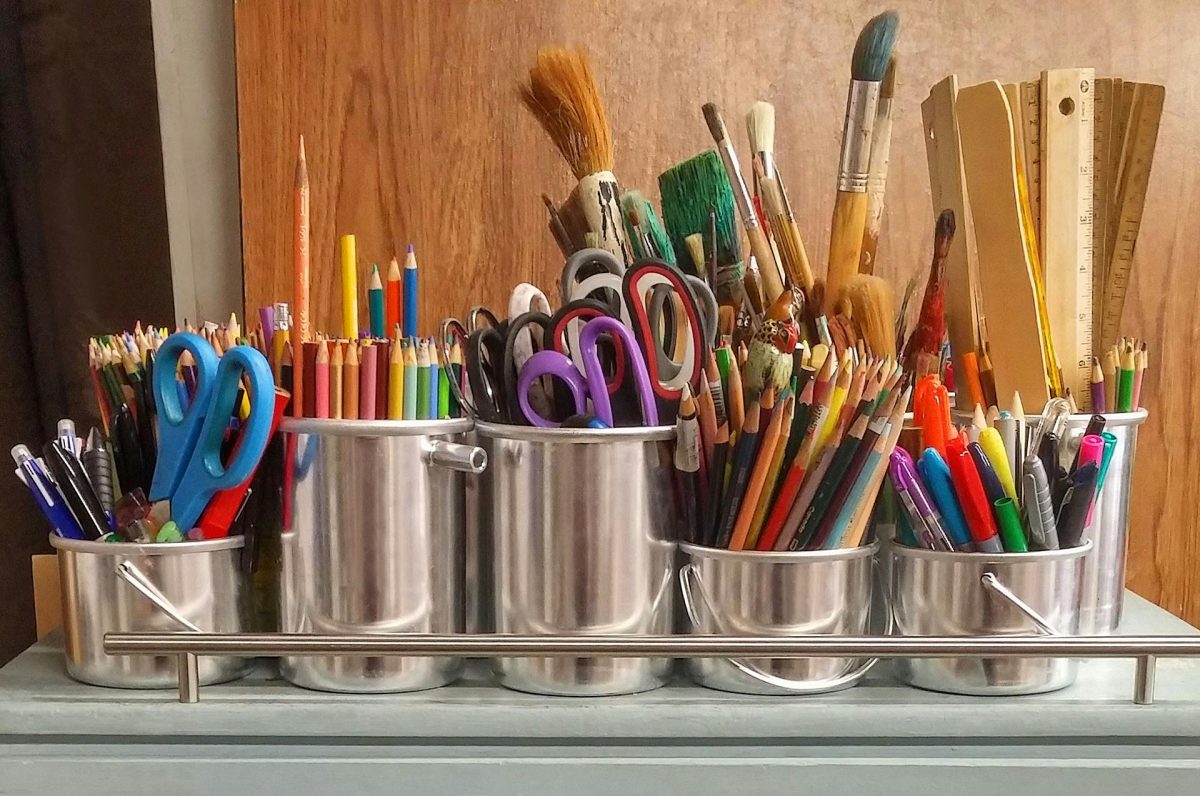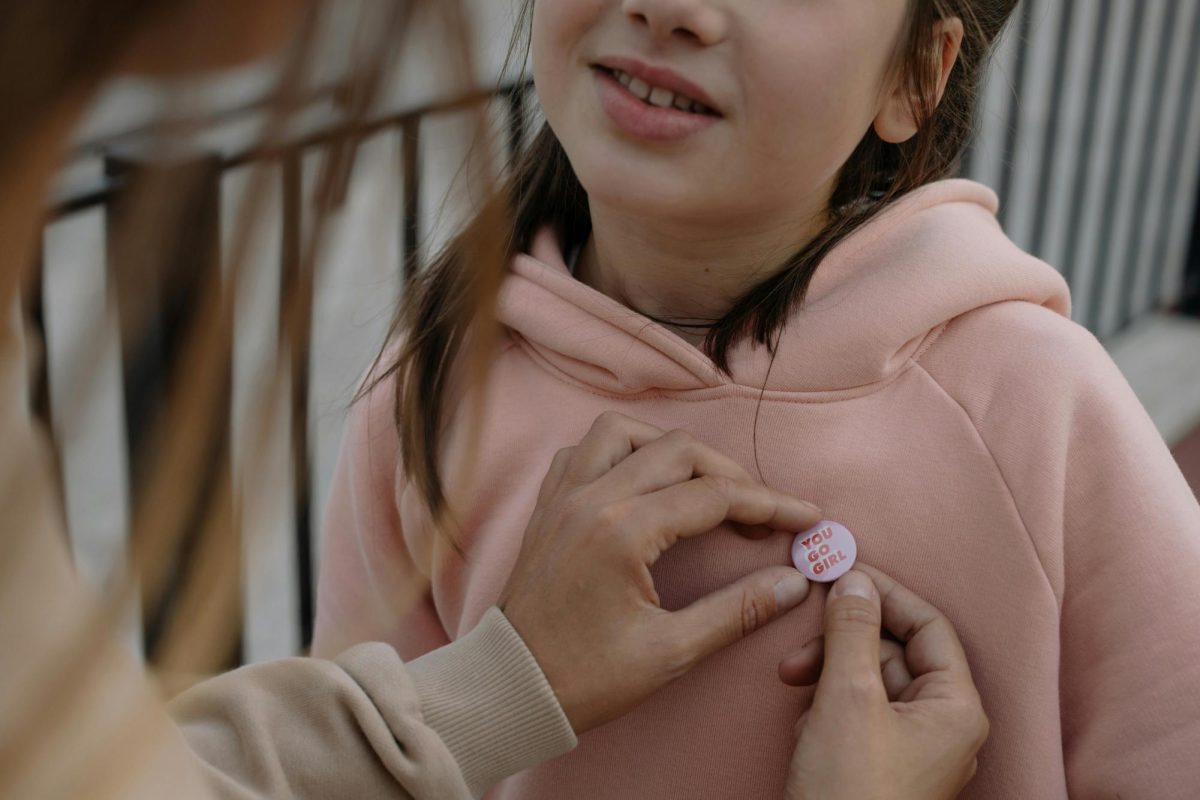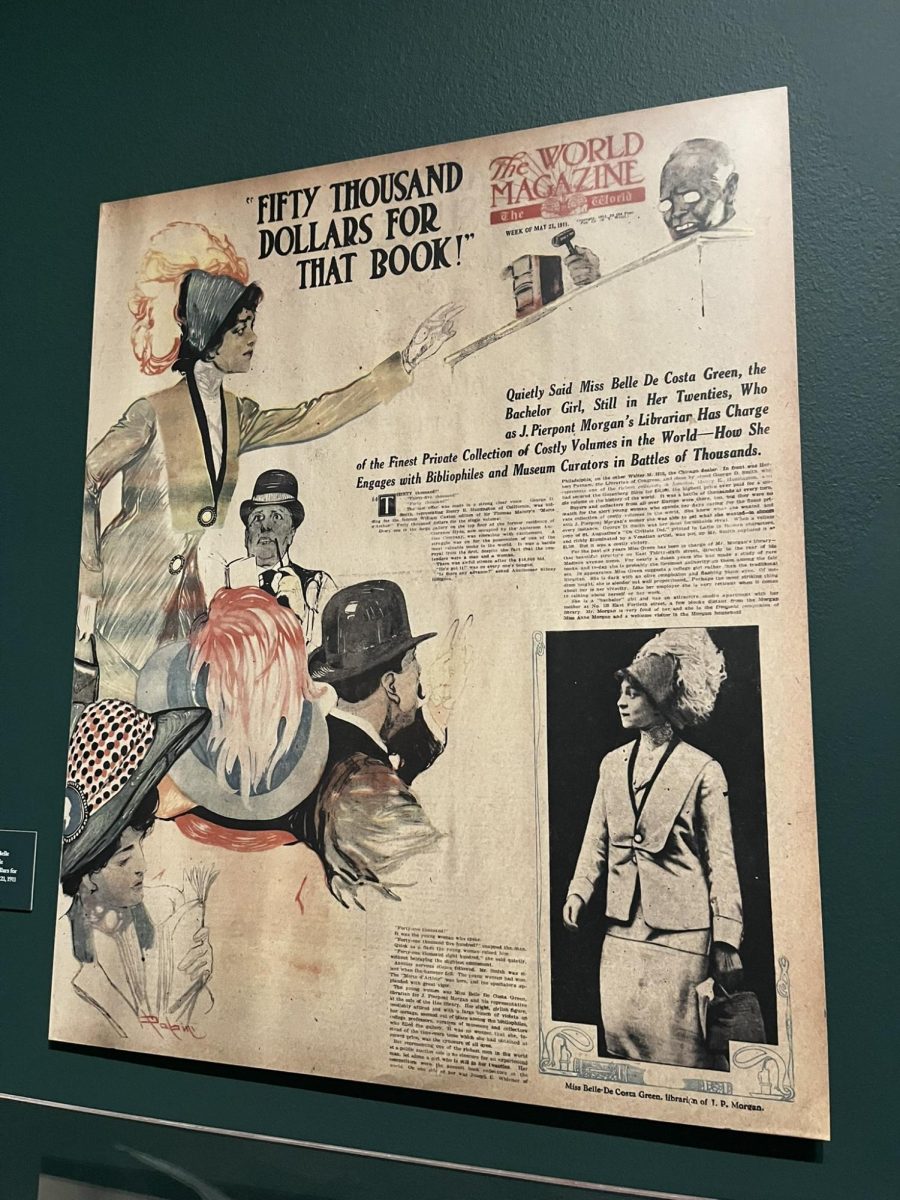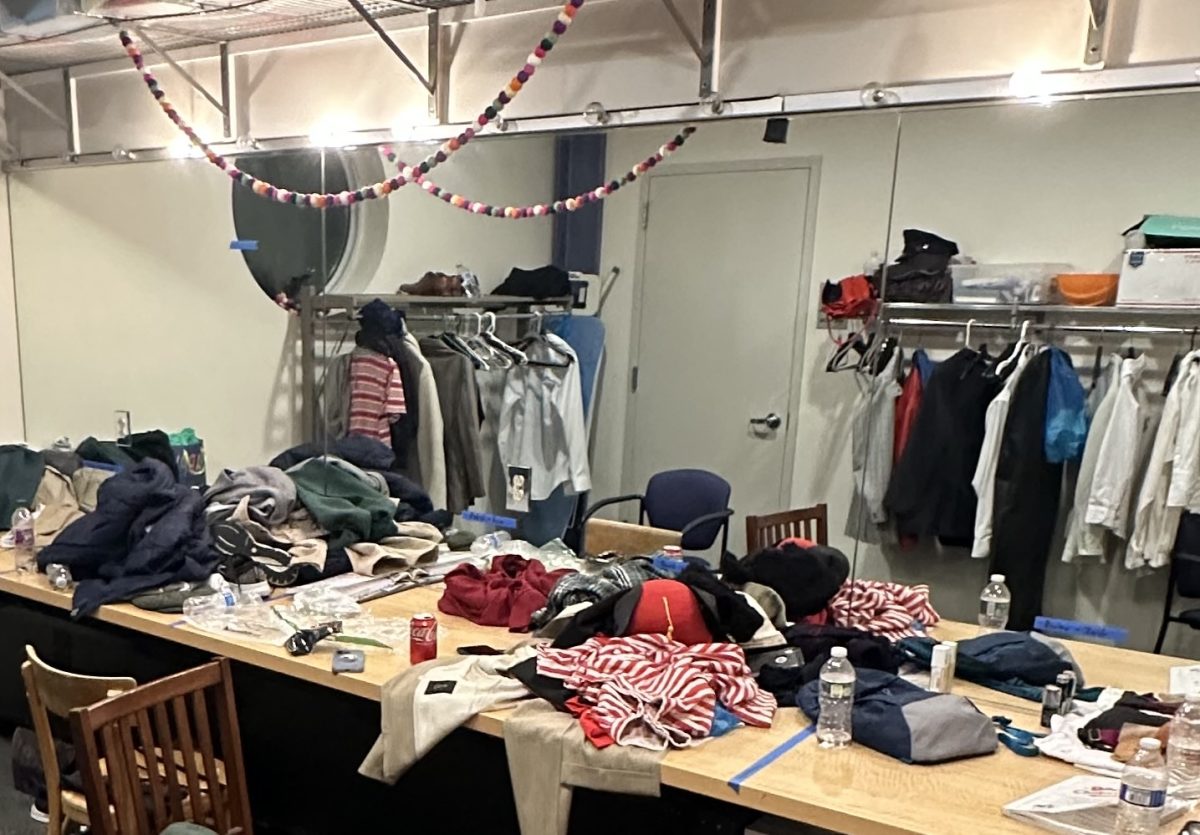There is canonically a student at North Shore High who hung a garland in the dressing room, and next time, it could be you.
Mean Girls started as a 2004 film written by SNL star and comedian Tina Fey. The movie’s campiness made it an almost instant cult classic amongst viewers. Mean Girls is funny, easy to understand, and has a deeply satisfying resolution (spoilers): the protagonist gets the guy, the “Plastics” are reformed, and everyone seems happy.
Aside from an unsuccessful and standalone sequel (Mean Girls 2, 2011) with a different creative team from the original, Mean Girls proper received its first rehash in 2017. Mean Girls: The Musical premiered on Broadway in 2018 and has been a touring production since the COVID-19 pandemic. Fans were thrilled to see one of their favorite Y2K coming-of-age films translated into a musical format, and many expected it to be the last they would hear of Fey’s movie.
They were happily proven wrong.
Just this year, Mean Girls was released as a movie-musical-movie (that was technically based on a book, but that’s for another article). I, like many of the high-school cinematic universe’s advocates, watched the trailer as soon as it dropped on YouTube. Almost immediately, I noticed something was strangely familiar about the theater; I had been there before.
Mean Girls (2024) was filmed in New Jersey! Not only was it filmed in-state— one of the locations was the Delbarton School. The school’s auditorium most likely attracted location scouts. Furthermore, it was also the reason I started collaborating with Delbarton’s arts in my sophomore year (the Fine Arts Center is truly state-of-the-art). Imagine my surprise, then, when my friend (another Mean Girls aficionado) texted me like mad. Something about a pom-pom garland and the trailer. He sends me a screenshot of the film and tells me to focus on the top left corner, where a pom-pom garland hangs from shelving in a Delbarton dressing room.
I gasped: those were my pom-poms!
It’s trivial, but it made my week. Mean Girls was my gateway musical, and Delbarton was a gateway school for my theatrical passions. To see both worlds collide… it was surreal. But how did my pom-poms make the final cut? The story starts with a simple joy: a desire to help.
Regardless of where I am, I want to support the community. In Delbarton’s case, this manifested in a “dressing room beautification” initiative. If I was offstage, I was tidying the dressing rooms. Because of a sorry incident where, in my first Delbarton production, I and another Academy student were made to share what can only be described as “the sink” when there was room enough at the vanity, I spent my upperclassman career to ensure no one else would experience the same slight.
This meant taping off even sections of vanity space for everyone— the girls’ and boys’ rooms— and sorting the odd bins and boxes lying around. Extra hangers were sculled away, costume pieces consolidated, air freshener mercilessly sprayed at my male counterparts… and when all was done, I felt that it still, well, wasn’t.
What more could I do? I turned to pom-poms. As an assistant director at Delbarton who did not appreciate some of my more… creative… decorative choices, I figured pom-pom garlands were inoffensive. So I packed my rehearsal bag with pom-pom garlands and fake foliage and skipped to the dressing rooms. Some people like to write missives on the wall; I wanted my impact to be one of adding a little joy and a little personality into a community space. Staving off the tragedy of the commons is a mountain I love to climb.
My garland, in any case, attracted the attention of the set decorating team, Ms. Jessica Petruccelli. I reached out for comment, and she graciously responded! The garland was kept to add a “real-life look to the space.” Furthermore, when filming on locations, Ms. Pet., “often see[s] what already exists in the space that … can [be used or kept] in place for the scene. And since the room was playing as a high school dressing room, and that is what it is in real life, it certainly made sense to keep little touches that already existed.” In this case, a little touch was a pom-pom garland.
What does this mean for anyone else, though? How does my decorative initiative apply to the layman’s quotidian? My greatest takeaway is that random acts of kindness, to coin a phrase, are impactful. What we do and say has more power than we realize— what we support, our social media personae, which habits we encourage, and those we don’t all have the ability to add (or detract) to our character and the community.
It’s a long-standing debate: does community improvement begin at the individual or societal level? Considering the pom-pom garland, you can guess where I stand on that argument. Because if even a pom-pom garland was noticed, it matters. So, too, does the person who put it there and the people who see it in the future (onscreen and otherwise).
In the case that decoration wasn’t placed in a dressing room, the world wouldn’t change with immediate significance. Though people notice the garland now, I was the only one who saw the potential for it before.
So this, I submit, is the crux of my experience: being deliberately “good” inspires more good. We always have the choice to take action or wait for someone else: to be upstanders or bystanders, to create or consume. I strive to choose the former and I consistently reap what I sow.
I implore you to invest in a pom-pom garland equivalent and see what happens. You might be surprised!
























































